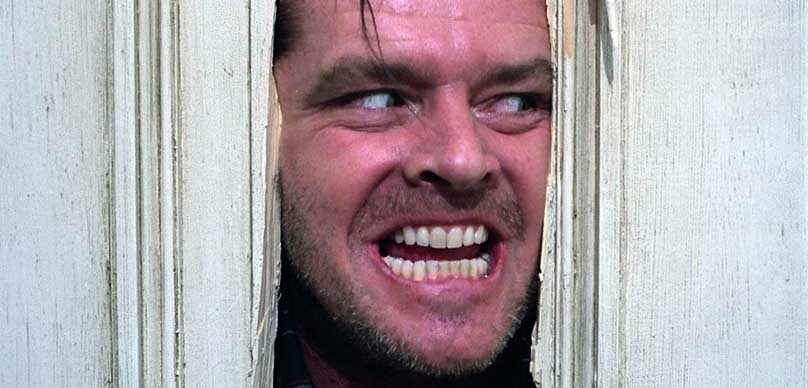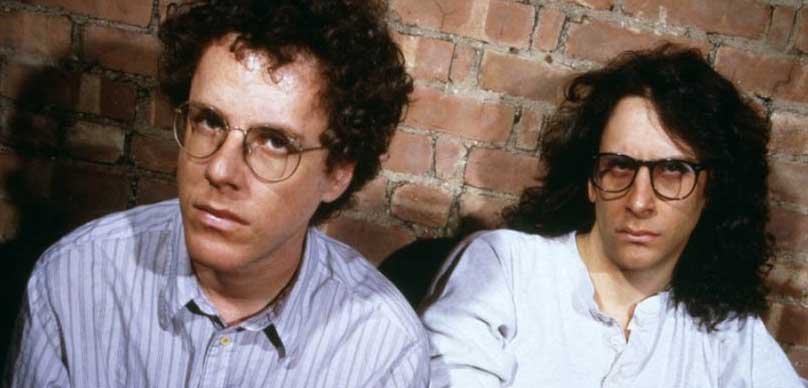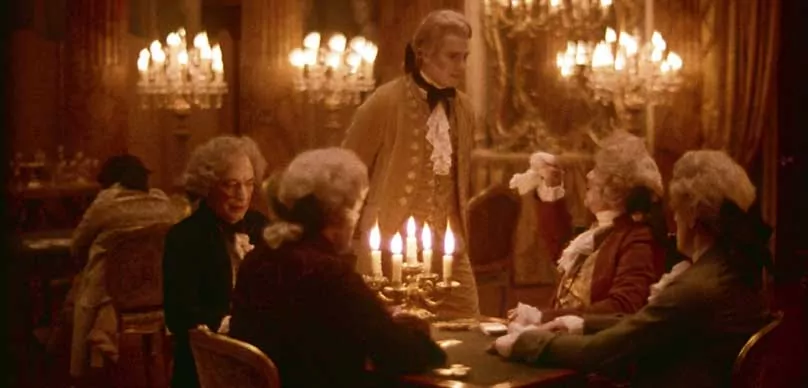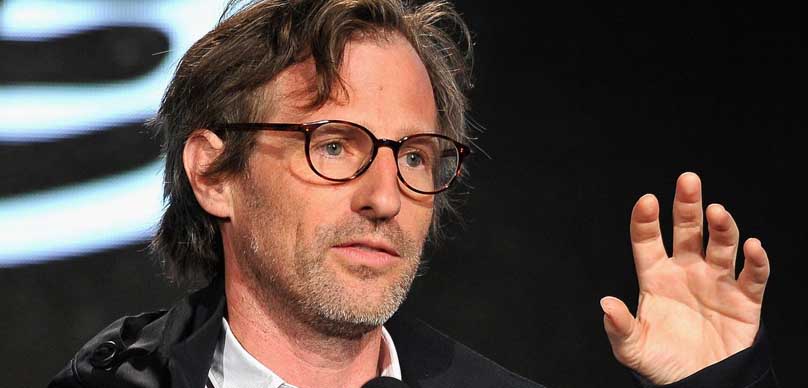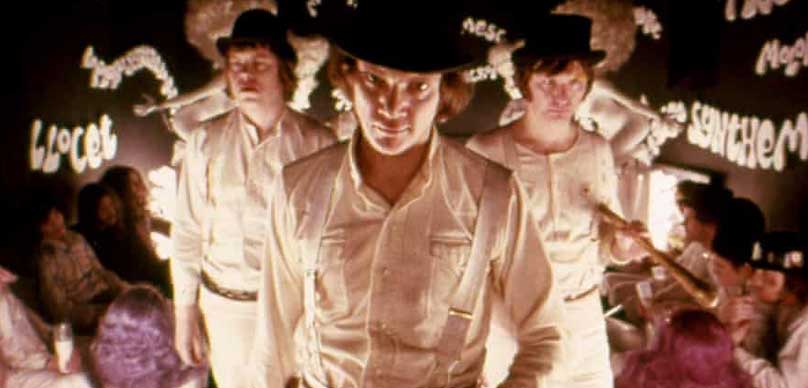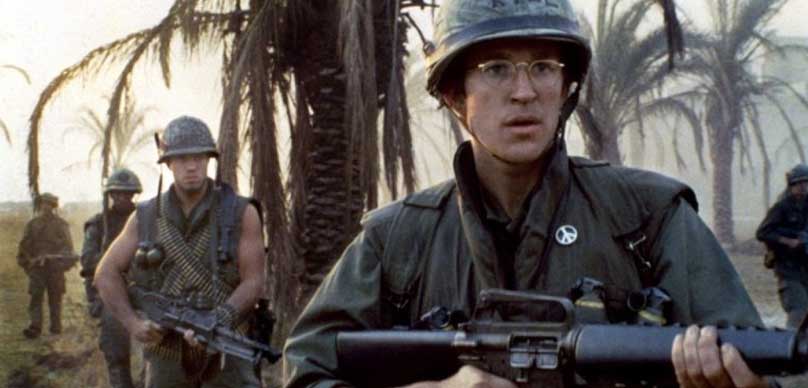The Shining is the legendary 1980 film starring Jack Nicholson as the protagonist of a psychological horror story. Directed by Stanley Kubrick, it’s touted to be one of the top 10 all-time scariest horror shows. The original story was written by Steven King who published a novel with the same title in 1997.
Director Stanley Kubrick was searching for a new movie after mediocre audience responses to his latest film before that, Barry Lyndon, which in fact received a number of critical acclaims. The Shining storyline focuses on Jack Torrance as he descends into madness, brought on partly by exposure to supernatural elements. It takes place in the hotel that he, his wife, and his son are caretakers for while it is closed for winter. Isolated from people and intending to write a novel with his time, Jack and his son Danny reveal an apparently shared trait of being able to “shine” or see ghosts from the past and potential future.
It’s revealed through backstory with Jack’s wife Wendy, played by Shelley Duvall, that Jack once abused their son due to a drinking problem. Viewers discover the hotel was built on a Native American burial ground and later the hotel manager advises that a previous caretaker killed his family due to cabin fever. Jack’s son has a premonition about the hotel, seeing a cascade of blood. Scatman Crothers playing the hotel chef, Dick Hallorann shares a psychic moment with Danny and we hear the term “The Shining” for the first time, describing psychic ability.
After this setup, the family maintains the status quo for a month as Jack attempts to write, without much success. During a heavy snowfall, the phone lines go out and Danny has more frightening visions. Jack has his own premonition telling his wife, when she wakes him from a nightmare, that he had seen images of killing her and their son. Danny visits an off-limits room numbered 237 and turns up later with a bruise, causing Wendy to presume Jack hurt him again.
At this point, Jack begins to see and communicate with ghosts from the hotel past, sharing drinks in the ballroom. When Wendy discusses Danny’s bruise she tells Jack that Danny says a woman in 237 did it. Jack visits the room and can see the ghost but doesn’t share this with his family. Danny has more visions and slips into a trance crying out the word, famous to movie buffs, “REDRUM.”
As the climax draws near, Wendy finds Jack’s typewritten manuscript with nothing on it but a repeating phrase, “All work and no play makes Jack a dull boy.” Now in a panic, she begs Jack for them all to leave but he threatens her. She knocks him out with a bat and locks him in a cupboard to search for a way out for herself and Danny. But Jack has disabled the radio and snowcat tractor, the only way to drive out in the snow.
As she searches through the main house, Wendy discovers that Danny has written redrum on the door. Closing it, she turns to see it reflected properly in the mirror and reads, “murder.” Jack escapes with the help of one of the ghosts and pursues Wendy who is able to save Danny by shoving him through a window to the outside but has to face Jack as he hacks through another locked door with an ax. She gets the upper hand for the moment and runs through the hotel, finding the ghosts and visions that Danny had seen.
Meanwhile, Halloran who has psychic gifts of his own has returned from his vacation, worried about what is happening at the hotel and heads there. When he arrives, he meets a similar fate and dies at Jack’s hands. Jack pursues Danny into a garden maze but the son lays down false tracks and hides successfully. Danny meets up with Wendy and they flee in Halloran’s vehicle while Jack freezes to death in a snow mound. The final scene shows Jack as a new member of the ghostly group at the hotel, as seen in a hotel photo of party goers from 1921, where he now stands smiling.
Although the story as told throughout the film is sometimes considered a masterpiece inspiring generations of horror filmmakers, it’s purported to have been a difficult shoot and production. Kubrick was fanatical about his method and pushing the actors to their limits. Shelley Duvall became sick from the stress she was under as Kubrick apparently pushed her in scenes far too often. Jack Nicholson purportedly gave up memorizing script revisions because they changed so frequently. You can see first hand what I’m talking about in the behind the scenes video below.
A number of writers agree, though, that Kubrick created something new in film for the genre due to it’s planned ambiguity. It’s never clearly stated that the hotel is haunted but only that Jack and Danny both can potentially see ghosts. Or is it that they share the same delusions? Additionally, there are long periods of silence where the audience watches Jack brood which serves to heighten the tension for watchers, where normally those periods can create irritation to an audience. But in The Shining, it sends a message to the audience that an evil is brewing in Jack’s mind as he sits and thinks.
These long moments of quiet menace serve as a perfect set up for the startling moment when Danny goes in search of his toy at night and come across Jack sitting up in bed. Again there is silence until Danny asks him what has been hinted as being on his mind already, “You’d never do anything to hurt Mom and me, would ya, Dad?” It’s a perfect foreshadowing but also serves the ambiguity. Did Danny see the future, have a hint of his father’s madness, or did he give Jack the very idea?
With the fact that Jack turned on his wife and son so readily and had a history of abuse, although we don’t know in what context he hurt his son, except that he was drunk, the movie can also be a reflection on domestic violence. It’s a biopic of a small nuclear family and being isolated for such a length of time, pressures actually do not serve to bring them close.
Kubrick is considered a genius director as far as versatility and vision. He is able to express feelings of isolation, enormity, and claustrophobia all in one in this film. The imagery is disturbing and perfectly timed for audience psychological stress set off by a score that creates further tension.
The fact that much of the ghost story is implied without ever being confirmed actually fuels the audience’s anxiety to know the truth and follow the tension to the climax. The scenes of actual horror and shock are so overdone with rivers of blood and dead bodies that it could be trite in anyone else’s hands. Here it serves to heighten the fear, dropping flashes of the gore and decay of physical fear along with Jack’s psychological menace.Although it did well enough at the box office, like many films that look to create or influence genres, it wasn’t until years later that people began to consider it a critical hit. When it came out, reviews were not glowing and it’s understandable since they pinpoint the very things that were questionable about the horror theme. There were multiple quiet moments, the gore was overdone and the characters didn’t have as much development as most people thought. But in retrospect, it’s the totality of those elements against the theme of psychological and psychic stress combined that give the movie its punch. Picking apart scenes may reveal the same criticisms that critics had at the time but the overall work has helped to define a genre.
Since the movie was filmed in 1980 and moviegoers and filmmakers alike have matured with the greater abilities of film to relay stories, it’s natural to look again at something and change your mind about its value. As time has passed, The Shining continues to be a model of horror film-making, becoming a specimen of new genre work and a pop culture icon.

